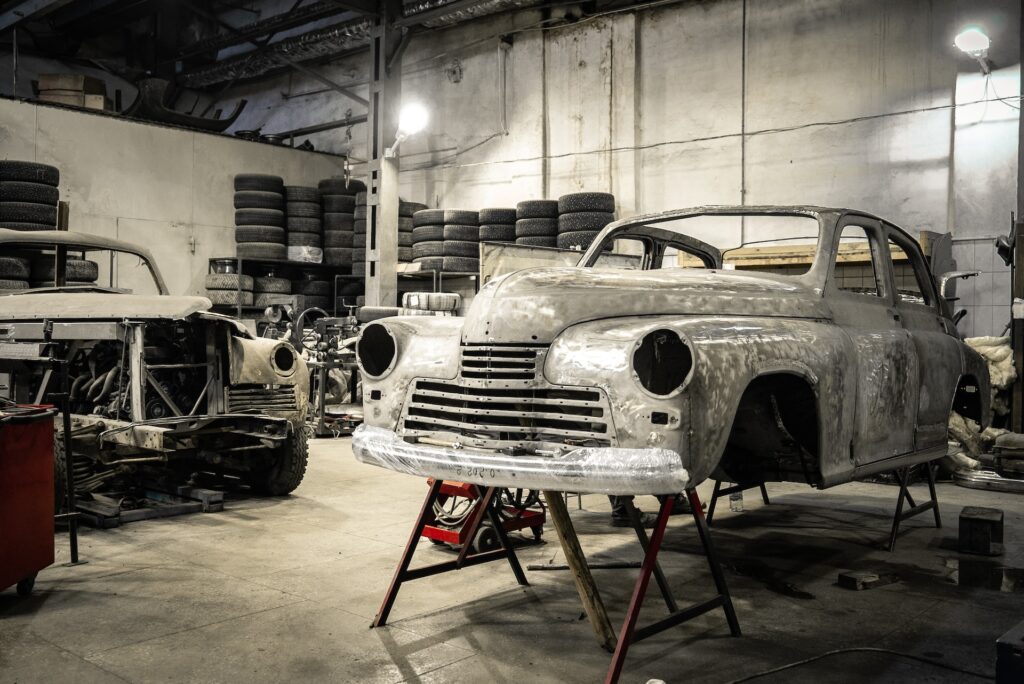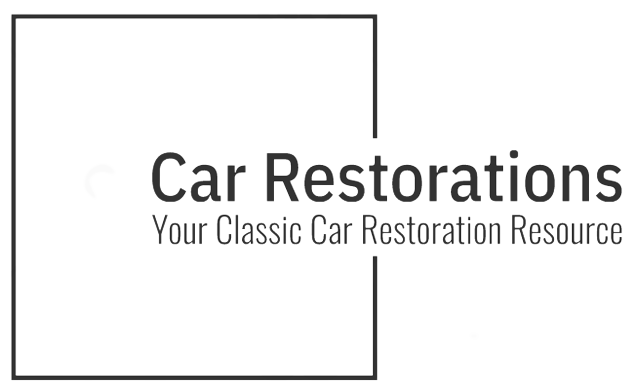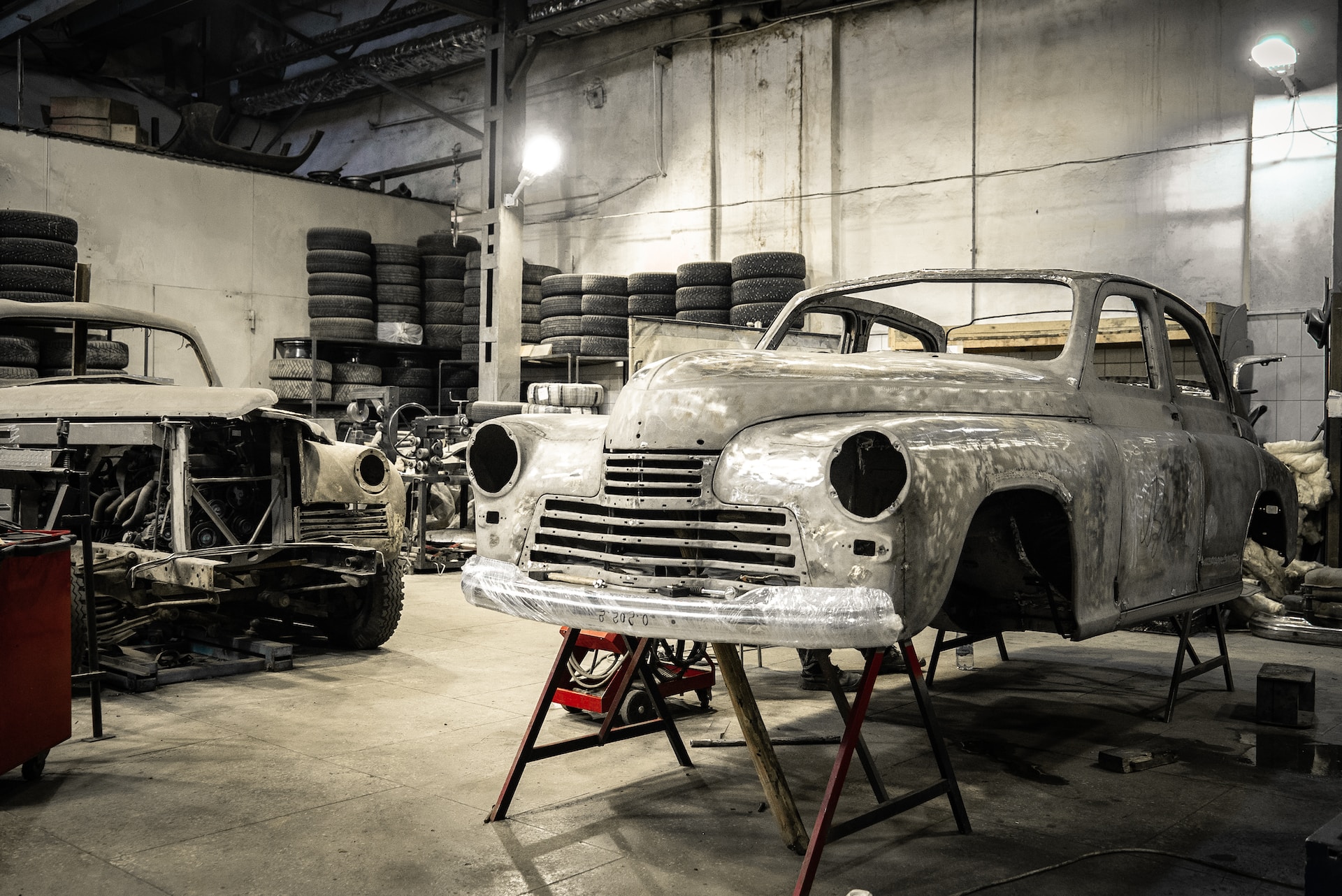
Restoration Roadmap: Bringing Classic Cars Back to Life
Restoring a classic car is akin to bringing a piece of art back to life. It’s a journey full of passion, patience, and rewarding challenges. If the scent of gasoline and the roar of an engine get your heart racing, this guide is your treasure map to restoring a classic car. Ready to shift gears?
Restoring an old classic is like bringing a piece of history back to life, with each rusty bolt turned and every layer of paint applied echoing stories of bygone eras. There’s an undeniable joy in peeling back the years, uncovering the beauty beneath decades of wear and tear, and seeing a neglected relic transform into a shining icon of its time.
The process is meditative and fulfilling, with each step forward marking a victory, a dance of progress and nostalgia, rekindling the vibrant spirit of a time when the vehicle first hit the roads, full of promise and adventure.
Moreover, the sense of accomplishment and pride that comes with reviving an old classic is unparalleled. Each roar of the refurbished engine, every gleam of the polished chrome, brings a burst of joy and satisfaction.
Driving the restored vehicle down the open road, feeling the purr of the engine and the wind against your face, is a celebration of heritage and craftsmanship. It’s not just about the destination but cherishing the journey, reconnecting with the past, and experiencing the sheer pleasure of giving a second life to a timeless beauty.
Embark on the Journey: Understand Why
Before you roll up your sleeves, understand why you want to restore a classic car. Is it the allure of nostalgia, a passion for motors, or the dream of cruising down the road in a vintage beauty? Identifying your motivation helps keep the momentum going, especially when the road gets bumpy!
Choosing Your Classic Companion
Choosing the right car is crucial. Do you fancy muscle cars, antique roadsters, or vintage trucks? Research potential models, considering factors like availability of parts, resale value, and your personal connection to the car. A classic car is more than metal and rubber; it’s a timeless companion.
Set a Budget: Avoiding Potholes in Your Wallet
Setting a realistic budget is a cornerstone in the car restoration journey. Consider the initial cost, parts, labor, and unexpected expenses. It’s always wise to have a financial buffer. After all, wouldn’t you rather focus on the exciting transformation than worry about monetary potholes?
Planning & Prioritizing: Charting the Route
The planning stage is perhaps the most important and should set the tone for your restoration.
Create a Restoration Plan
Craft a detailed restoration plan. Break down the project into manageable tasks like bodywork, engine rebuild, and interior refurbishment. This plan is your roadmap, helping you navigate through the restoration journey and keeping you on track. Remember, every successful journey needs a well-thought-out route!
Prioritizing Tasks
Prioritizing tasks is like choosing which roads to take. Which tasks are essential for the car to run? Which will give it that glossy, show-stopping look? Balancing functionality and aesthetics is key in making your classic car the belle of the boulevard!
Rolling Up the Sleeves: Getting Down to Business
Restoring a classic can be a daunting experience for a novice but as long as you have your plan in place it should be a lot easier.
Body and Frame Restoration
The body and frame are the skeleton and skin of your car. Strip off the old paint, repair rust spots and dents, and apply a fresh coat of paint. This process can be long and tedious, but seeing your car’s body gleam in the sunlight? Priceless!
Engine Rebuilding & Mechanical Work
The engine is the heart of your classic car. It’s what makes it roar to life and cruise the open road. Rebuilding the engine, replacing worn-out parts, and fine-tuning the mechanics breathe new life into the car. It’s like giving your classic companion a strong, beating heart!
Interior Refurbishment: Comfort & Style
A car’s interior is where you, the driver, connect with the vehicle. Restoring seats, replacing carpets, and refurbishing dashboards create a comfortable and stylish space. It’s like redesigning a living room, but for your car!
Electrical Systems: Lighting the Way
Modernize the electrical systems for safety and efficiency. Rewiring, installing new lights, and updating the sound system are just a few ways to bring your classic into the 21st century. It’s like giving your car a touch of modern sparkle while preserving its vintage charm!
Troubleshooting & Fine-Tuning
You haven’t quite finished, there are a few things you need to take your classic car to the next level. These include:
Test Drives & Adjustments
Once the restoration is complete, take your car for test drives. Listen to the engine, feel the handling, and make necessary adjustments. It’s like tuning a musical instrument to ensure it plays the perfect symphony on the road!
Seeking Professional Help
Encounter a roadblock? Don’t hesitate to seek professional help. Experts can provide valuable insights and solutions. It’s like having a co-pilot to help navigate through challenging terrains in your restoration journey!
The Final Polish: Detailing & Protecting
Detailing is the final polish that makes your classic car turn heads. Waxing, polishing, and cleaning every nook and cranny make your car shine like a diamond. It’s the crowning glory of your restoration journey!
Protecting Your Investment
Once restored, protect your classic car from the elements. Store it in a dry, clean place and perform regular maintenance. It’s like safeguarding a priceless artwork, ensuring it remains a timeless masterpiece!
Conclusion
Restoring a classic car is a rewarding journey of passion and dedication. From choosing the right model to applying the final polish, each step brings you closer to breathing new life into a piece of automotive history. So, are you ready to hit the road and make some heads turn with your classic beauty?
FAQs
- How long does it take to restore a classic car?
- The timeframe varies depending on the car’s condition, availability of parts, and the extent of restoration. It can take anywhere from a few months to several years.
- Can I restore a classic car on a tight budget?
- While restoring a classic car can be expensive, careful planning, prioritizing tasks, and DIY efforts can help manage costs.
- Do I need special skills to restore a classic car?
- While having mechanical skills is beneficial, willingness to learn, research, and seek professional advice can also lead to a successful restoration.
- How do I protect my classic car once restored?
- Regular maintenance, proper storage, and protecting it from harsh weather conditions are essential to preserving your classic car.
- Is restoring a classic car a good investment?
- While it can be a rewarding personal achievement, the financial return depends on factors like the make, model, and quality of restoration.

